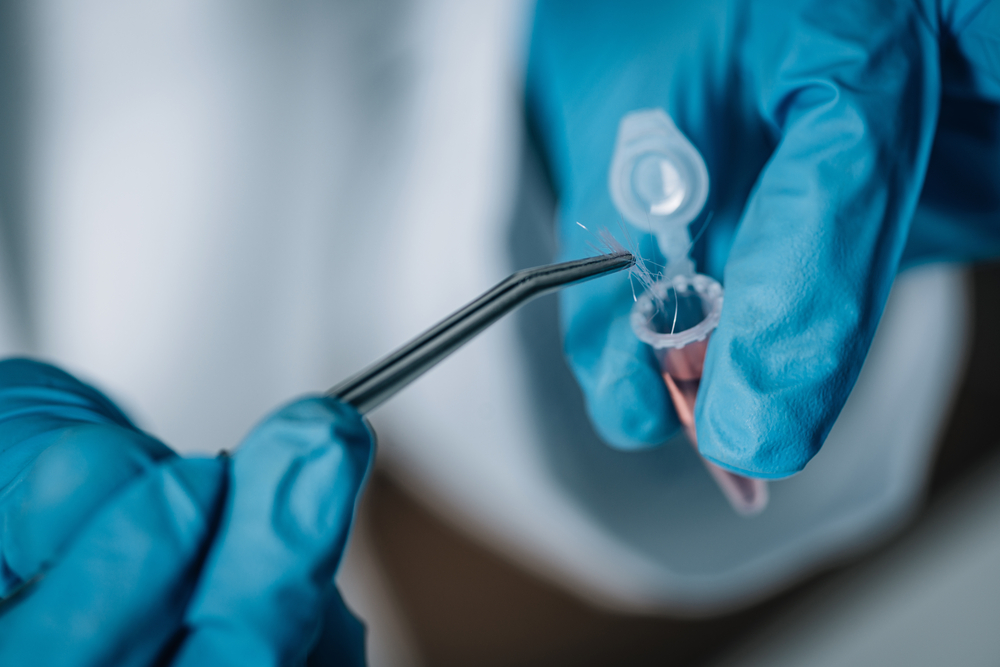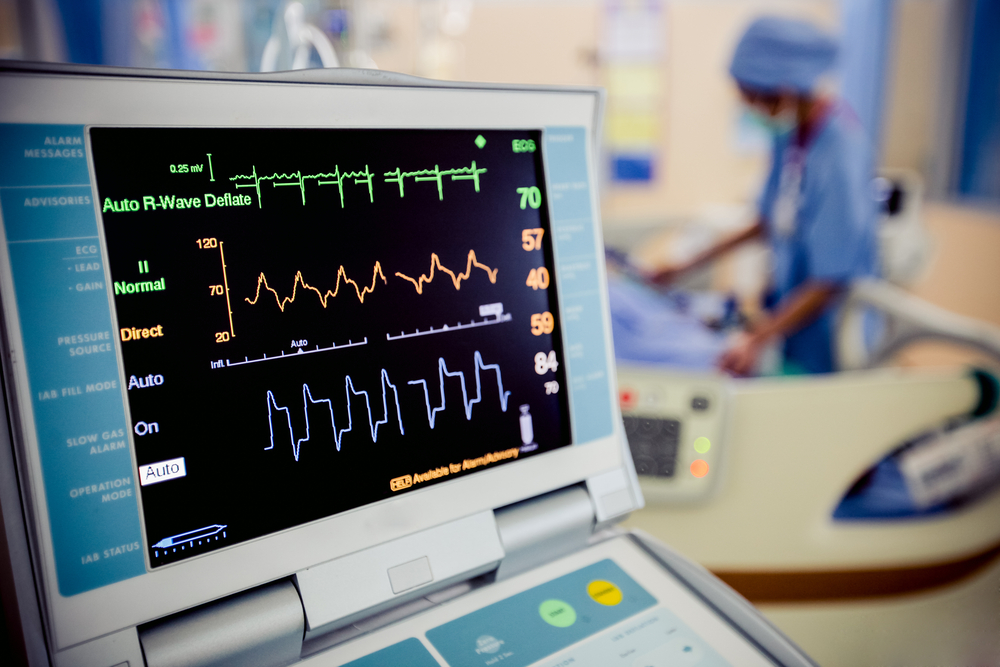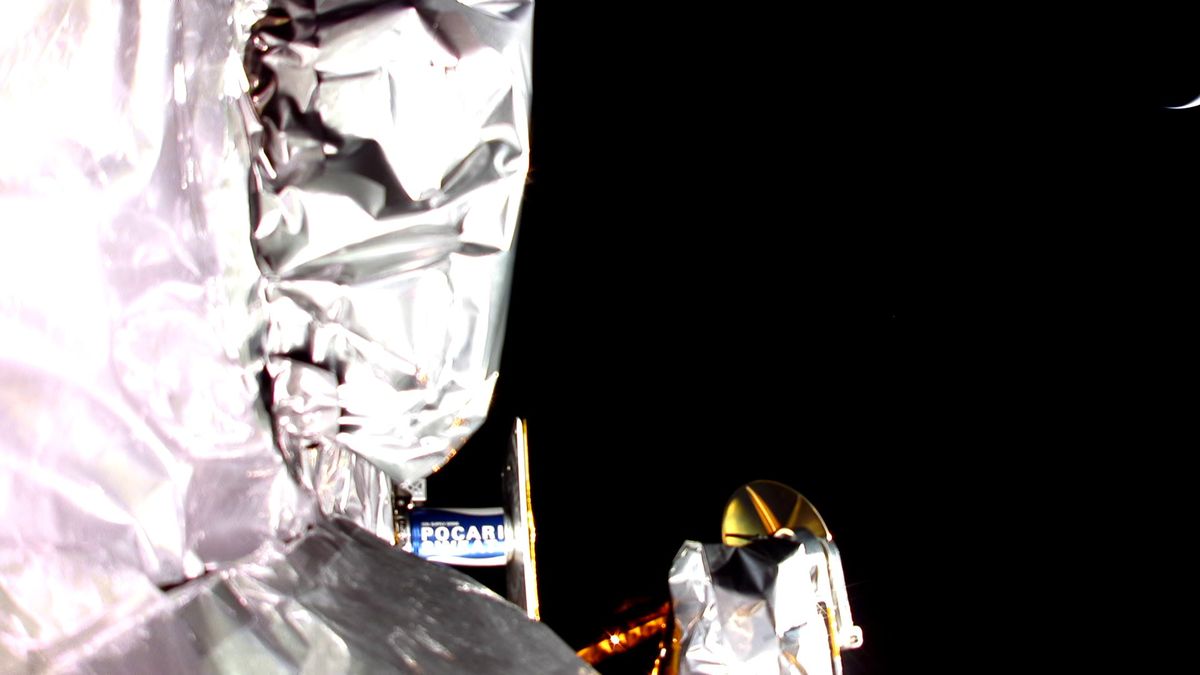The ovaries normally produce eggs, but they lose this ability in some people, including those who have undergone chemotherapy.
For many species, reproducing requires two key ingredients: an egg and sperm. But for some young and otherwise healthy people, eggs are nowhere to be found.
This is known as premature ovarian insufficiency, and it is the reason why around one percent of women under the age of 40 cannot conceive biological children1. For some, this condition is a result of genetic mutations. For others, it is caused by chemotherapy that can kill healthy cells in the ovaries while destroying cancer cells.
When Kevin Elias, a gynecologic oncologist at Brigham and Women’s Hospital, sees patients with few or no eggs, he can typically only suggest that they use a donated egg. “There’s not a lot that we can offer women,” he said.
He wondered if there was a better solution. “When the fundamental problem is that the ovary doesn’t work, the best treatment is to restore the ovary,” Elias said. “That’s why we thought about using a stem cell approach.” In a study recently published in eBioMedicine, Elias and his colleagues turned stem cells into ovarian cells, which allowed mice with chemo-induced infertility to produce babies.2
The researchers’ method relied on induced pluripotent stem cells (iPSCs)—cells that are rewound in the laboratory into a precursor state capable of turning into many different types of cells. Raymond Anchan, an obstetrician-gynecologist at Brigham and Women’s Hospital and senior author of this study, had previously shown that cells from fertile mouse ovaries could be turned into stem cells and then coaxed into becoming ovarian cells that produce eggs and reproductive hormones.3 In the new study, the researchers went one step further by implanting stem cell-derived egg precursors into the infertile mice’s ovaries.
The mice then mated with healthy males and soon became pregnant, which surprised Elias. “[Before treatment] these mice had undetectable estrogen levels and were completely infertile,” he said. Nonetheless, with the help of the implanted cells, they produced babies that appeared to be healthy. As an additional surprise, Elias realized that some of the mice pups had grown from stem cell-derived eggs while others had grown from eggs that the mother made herself—something that had been impossible just a few months earlier.
Elias’s theory is that as the stem cell-derived ovarian cells take root in the ovaries, they produce a key hormone called anti-Müllerian hormone, which declined in the mice after receiving chemotherapy. This hormone is also often low in people who have fewer eggs.4 The implanted cells were able to make this hormone and as it spread into the surrounding ovary, it gave the organ a kickstart to produce its own eggs.
Jonathan Tilly, a reproductive biologist at Northeastern University who was not involved in the study, noted that previous studies had already shown that stem cells can be used to help real and artificial ovaries function.5,6 “The idea that you could create functional ovarian tissue using iPSCs has been around for more than 10 years,” he said. “This might be the first study I’m aware of that has actually transferred partially differentiated iPSCs back into an ovary and showed an in vivo rescue of ovarian function.”
Although Elias only tried this in mice, he hopes to develop the stem cell technique into a one-time treatment for people whose ovaries are not producing the right levels of hormones or enough eggs. However, Tilly emphasized that there is a long way to go and likely hurdles ahead. For example, offspring generated from stem cells may have long term health problems.
“Translating to humans is an issue,” Tilly said. But he remained optimistic. “I think the future is looking very exciting.”
References:
- Welt CK. Management of primary ovarian insufficiency (premature ovarian failure). UpToDate. 2022.
- Elias KM, et al. Fertility restoration in mice with chemotherapy induced ovarian failure using differentiated iPSCs. EBioMedicine. 2023;94:104715.
- Anchan R, et al. Efficient differentiation of steroidogenic and germ-like cells from epigenetically-related iPSCs derived from ovarian granulosa cells. PLOS One. 2015;10(3):e0119275.
- Hansen KR, et al. Correlation of ovarian reserve tests with histologically determined primordial follicle number. Fertil Steril. 2011;95(1):170-5.
- Yoon SY, et al. Recovery of ovarian function by human embryonic stem cell-derived mesenchymal stem cells in cisplatin-induced premature ovarian failure in mice. Stem Cell Res Ther. 2020;11(1):255.
- Yoshino T, et al. Generation of ovarian follicles from mouse pluripotent stem cells. Science. 2021;373(6552):eabe0237.














